
I get easily annoyed with people who are always prescribing “uplifting” and “positive” forms of entertainment, reading material, etc. The typical claim is that darker material “normalizes” evil, influences us to do evil, or gets us down. However, psychological research has discovered the benefits of studying evil. “While probing into the vile and the profane can be profoundly uncomfortable,” an article at UCB’s Greater Good Science Center explains, “there are concrete benefits to doing so.”
From an evolutionary perspective, familiarizing yourself with what you fear and dread likely pays survival dividends. “You would pay attention to, and have interest in, the horrific,” writes Penn State psychologist Marissa Harrison, “because in the ancestral environment, those who ‘tuned in’ to horrible events left more descendants, logically because they were able to escape harmful stimuli.” Those attuned to members of a rival tribe plotting an assault, for example, would have been better able to defend themselves, warn others, or flee before it was too late.
Even today, our self-preservation impulse helps explain our determined attempts to understand evil. In a 2010 study of why women were drawn to true-crime books, University of Illinois psychologists argued it was at least in part “because of the potential life-saving knowledge gained from reading them.” “We can ill afford to overlook a potentially dangerous person or situation—it could be fatal,” says University of Richmond psychologist Scott Allison.
But more than this, the study of evil can improve character:
A 2012 study reveals that immersion in the reality of genocide motivates people to combat prejudice when they see it. College students who took a 15-week course in Holocaust and Genocide Studies said the course awakened their desire to fight discrimination and empowered them to make changes in the world around them. A Scottish government study reported that Holocaust education programs achieved similar results with elementary-aged students; after the programs, most were more likely to state that racism was unacceptable.
Naturally,
it is possible to overdose on evil, so to speak—to focus on it so intently that your entire outlook darkens, your frame of reference narrows, and you descend into apathy. This risk intensifies when examples of depravity start flying at you fast and furious, as during a personal crisis or a governmental upheaval.
Looking closely at your motivations and thought patterns can help you determine if your fixation on the malign serves you or holds you back. If your obsession ends at poring over online morgue photos of murder victims or bidding on serial killers’ paintings on eBay, it’s probably not all that helpful, to you or to society at large.
But if your venture into the depths of human evil motivates you to resist evil in the real world or educate others about how to resist it, it’s a productive—even virtuous—use of your time. It may help to seek company when you visit a museum or even read a book. In other words, get yourself a buddy or a team to help you try to understand evil, to help keep things in perspective.
Something worth thinking about.


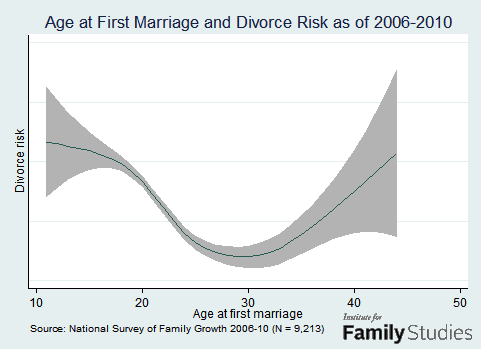
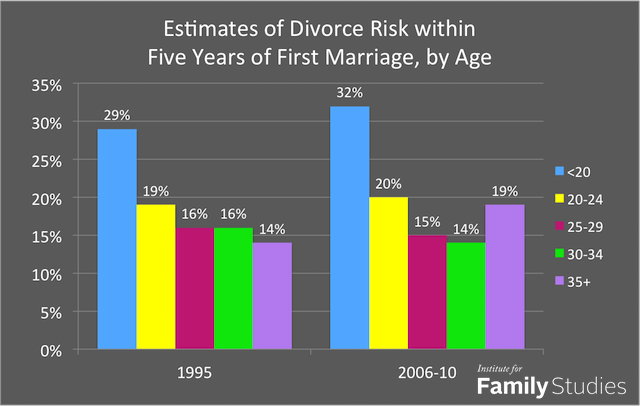
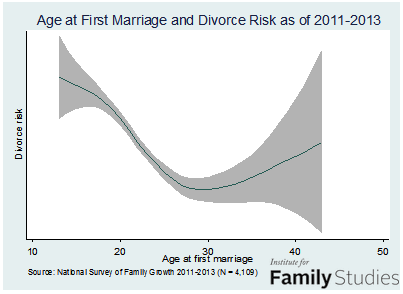
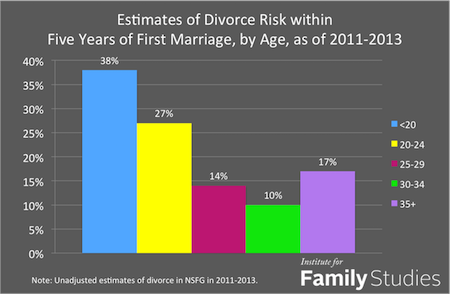
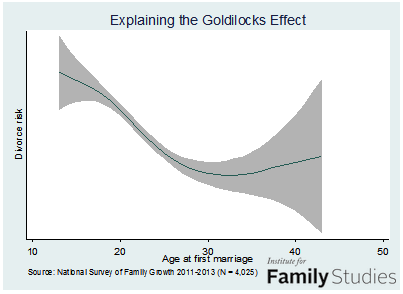
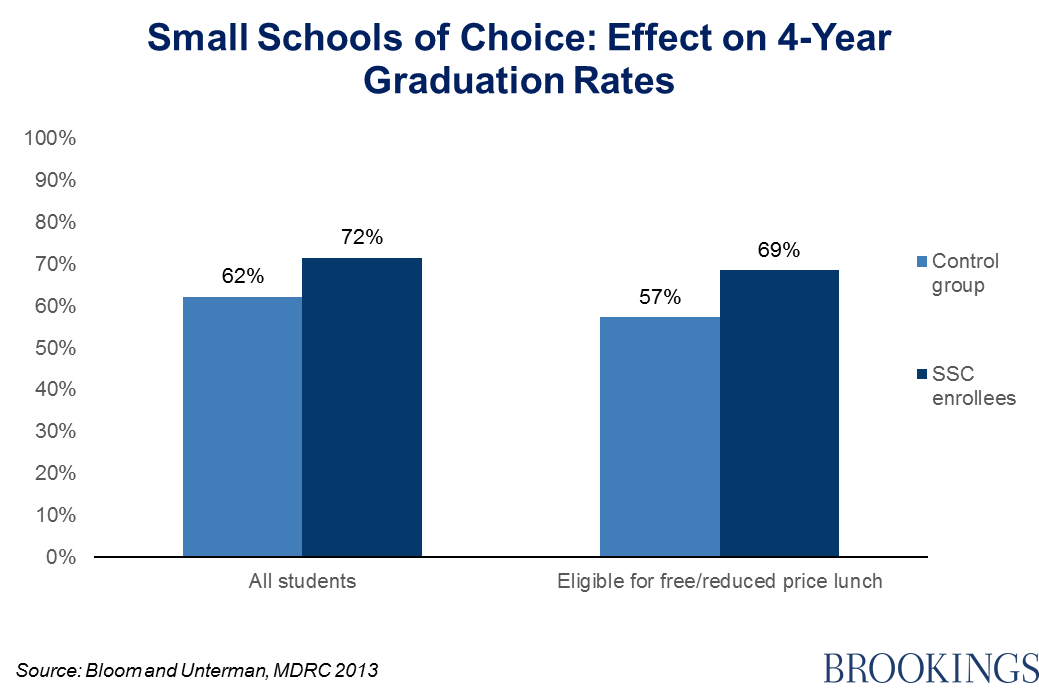

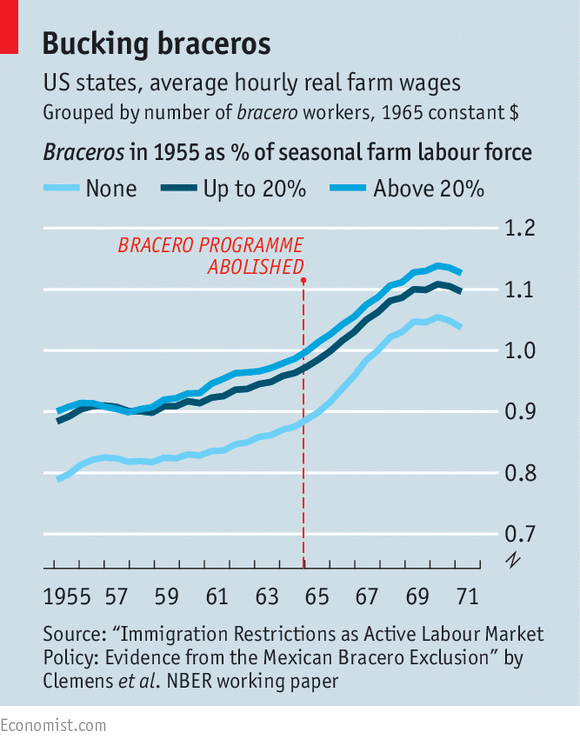


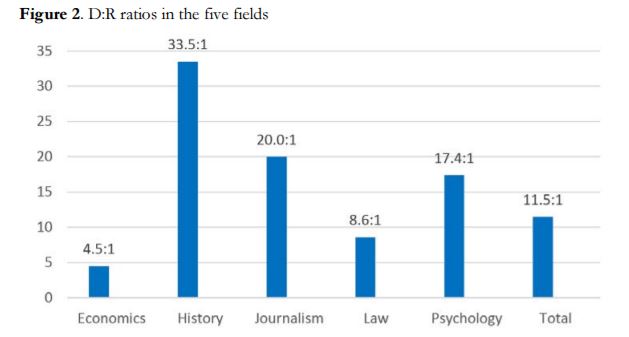

 Brené Brown’s Daring Greatly made my
Brené Brown’s Daring Greatly made my